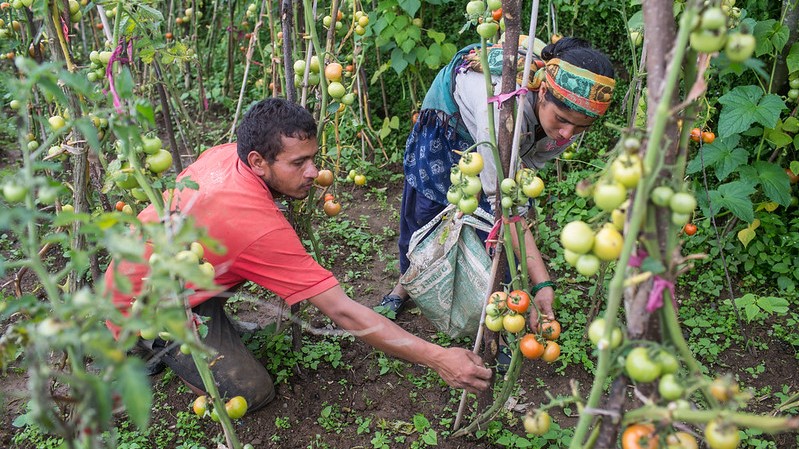Agriculture in Nepal

Agriculture is a crucial sector for Nepal's economy, contributing around one-third of the country's Gross Domestic Product (GDP) and employing over two-thirds of its population. The Agriculture Department oversees Nepal's agriculture industry, responsible for implementing policies and programs related to agriculture. Nepal's agriculture is largely based on subsistence farming, with small landholders using traditional farming methods to produce crops like rice, wheat, and barley.
The agriculture industry in Nepal faces several challenges, including low productivity, inadequate infrastructure, and limited access to finance and markets. To overcome these challenges, the government of Nepal has initiated various programs and initiatives to support the agriculture industry, including the Agricultural Development Strategy and the Agriculture Sector Development Program .
Agriculture courses are offered in Nepal to help farmers enhance their skills and knowledge. These courses cover a range of topics, including crop cultivation, animal husbandry, pest management, and marketing. In Nepal, rice terraces in the mountainous regions, fish farming in the Terai, and vegetable farming in the Kathmandu Valley are some of the agriculture farming examples, highlighting the diversity of agricultural practices in Nepal and the adaptability of farmers to different environments and conditions.
Nepal's agriculture products include rice, lentils, vegetables, fruits, tea, and tobacco. Nepal's agricultural exports include tea, coffee, cardamom, ginger, and large cardamom. These products are highly valued in international markets for their quality and uniqueness.
The importance of agriculture in Nepal cannot be overstated. It is the backbone of the country's economy, providing employment and income to millions of people, particularly those in rural areas. Agriculture is also a source of food security for the country's growing population.
Agriculture is a fundamental part of human civilization, essential for the survival of the planet. Agriculture is responsible for providing food, fiber, and other essential products for the world's population. The agriculture industry encompasses a range of activities, including crop cultivation, livestock rearing, forestry, and fishing. The industry employs millions of people worldwide and contributes significantly to the global economy.
Agriculture in Nepal is dominated by small-scale farmers who rely on traditional farming methods. However, there is potential for the industry to expand and become more commercialized, which would provide greater opportunities for farmers and contribute to the country's economic growth.
Agriculture products can be found in local markets, supermarkets, and online retailers. Consumers can buy fresh produce and other agricultural products directly from farmers or from retailers who source their products from local farms. The global importance of agriculture is reflected in ten examples of agricultural products, including wheat, corn, soybeans, cotton, sugarcane, rice, potatoes, bananas, coffee, and cocoa.
In conclusion, agriculture is a critical sector worldwide, and its importance in Nepal cannot be overstated. The government of Nepal has launched several programs and initiatives to support the agriculture industry, and agriculture courses are offered to help farmers improve their skills and knowledge. Nepal's agriculture products are diverse, reflecting the country's geography and climate. While challenges like low productivity and limited access to finance and markets persist, there is potential for the agriculture industry to expand and become more commercialized, providing greater opportunities for farmers and contributing to the country's economic growth.